Located 13 kilometers south of Korčula, Lastovo is made up of 46 islands and islets, as one of the richest and best-preserved botanical areas in the Mediterranean. With a tiny total population of under 800, most of its inhabitants are settled in the island’s largest town - Lastovo. Decorated with dense pines, unusual nature, trademark chimneys, and military history, Lastovo is one of the most captivating islands on the Adriatic Coast. Here’s why.
History

Croatia’s most remote permanently inhabited island was first mentioned in the 4th century BC under Ladesta and Ladeston. When the Romans arrived, they coined it Augusta Insula or the ‘Imperial Island’. Lastovo experienced various name changes in the Middle Ages before earning the Slavic name Lastobon in the 10th century. The first human traces on Lastovo date back to 8500 BC in Rača Cave. Illyrians are said to be the first to inhabit the island, followed by the Greeks. The Romans, however, left the most profound trace on Lastovo with the longest stint on the island. Their legacy can be seen in “Villae rusticae” or water wells.
Lastovo was left deserted after the Romans but only until the Slavs arrived in the 7th century. Most Lastovo inhabitants were killed defending the island from the Venetians in 998, with Venetian sources revealing only 36 families out of about 1,200 inhabitants who lived on the island survived. The remaining inhabitants thus decided to build their town in the island's interior to make it easier to defend. This, in turn, turned its people from the sea to agriculture.
Lastovo voluntarily joined the Dubrovnik Republic in the late 13th century. The Venetians then occupied the island until 1606 before returning it to Dubrovnik. Lastovo then introduced military service due to the threat of Turks and Montenegrin pirates from Ulcinj, which was abolished in the 18th century.
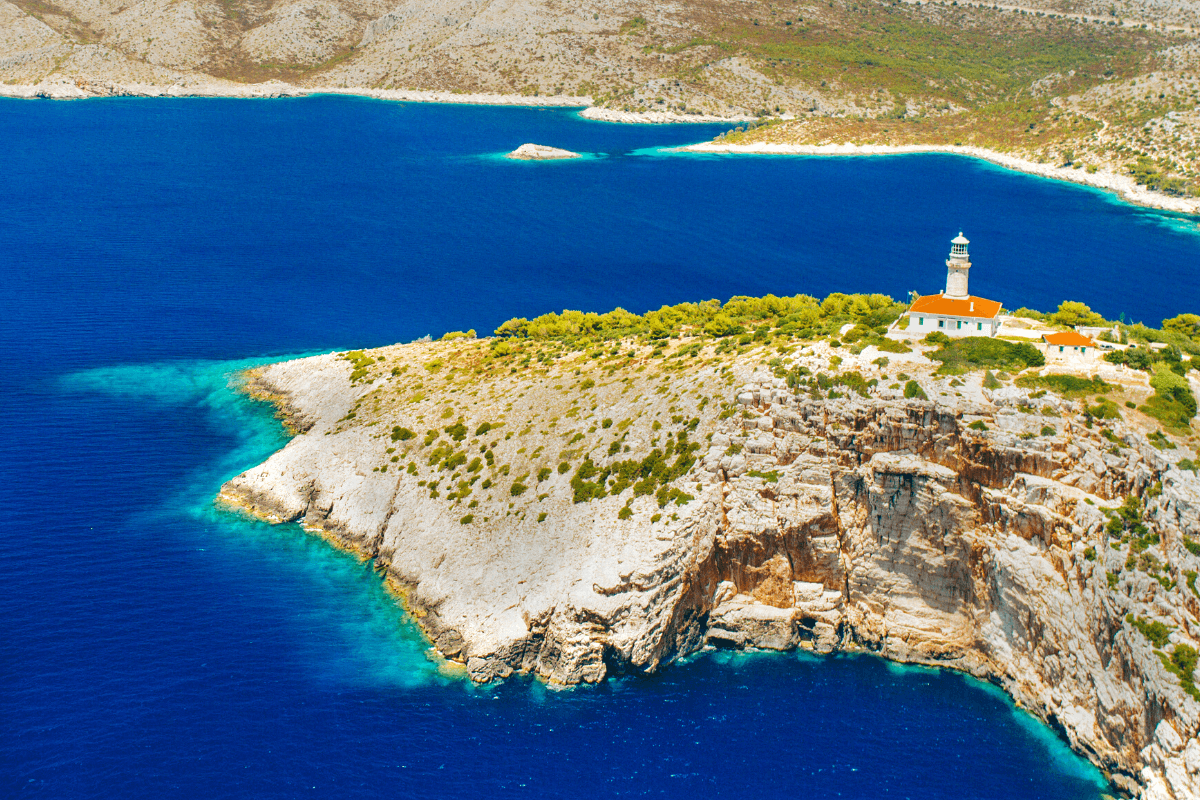
The island was occupied in 1806 by the French, who built a fortress on the Glavica hill in the fight against the British. Seven years later, the British occupied the island, and two years later, Lastovo belonged to Austria.
By the middle of the 19th century, traffic had multiplied, and the need for lighthouses became necessary. In the tremendous hundred-year plan to invest in the eastern Adriatic coast, Austria built its third lighthouse on the Adriatic, on Cape Struga, located on the south side of the island near the town and bay, Skrivena Luka. It began operating in 1839 and is still there today.
Several armies passed through Lastovo between the two world wars, with a fierce Italian occupation. Lastovo was finally returned to Croatia in 1943, and the Italians mostly left the island in the next decade. Like Vis, Lastovo then became a military zone, with foreigners banned until 1988. The Yugoslav People's Army left the island in 1992, allowing tourism to begin.
Towns
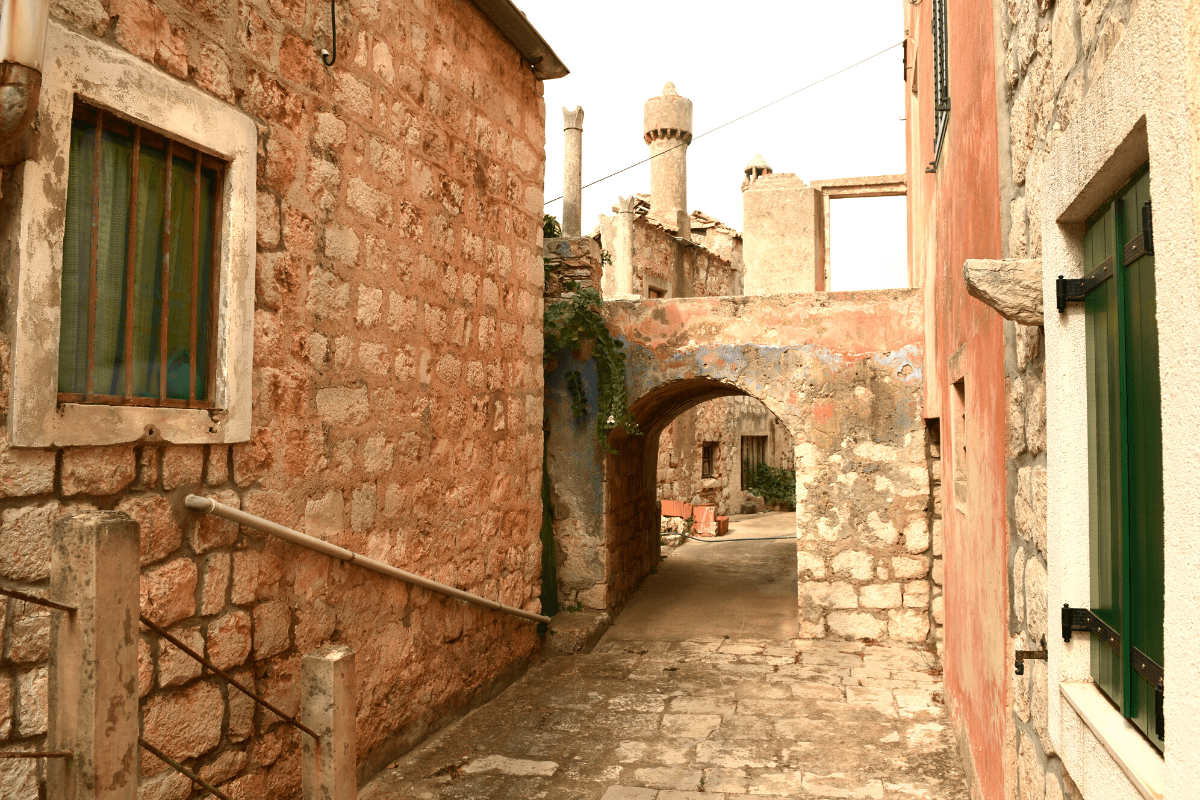
We already mentioned the town of Lastovo, which can’t be seen from the sea after the threat of Venetians forced its inhabitants to rebuild the town inland centuries ago. But this hilltop town compensates for missing the Adriatic thanks to unrivaled renaissance architecture that takes on an amphitheater shape. Surrounded by hills adorned with lookout points, Lastovo is also special thanks to 15th and 16th-century ‘sulari’ (terraces) and ‘fumari’ (chimneys), while stone staircases bind the core of the old town.
In addition to Lastovo town, the island has a handful of other settlements worth exploring, like Pasadur, Ubli, Skrivena Luka, and Zaklopatica, which have a few restaurants, cafe bars, and markets - but not much else.
Lastovo Nature Park

Did you know that Lastovo is also home to Croatia’s youngest nature park? Namely, the Croatian government proclaimed ‘Lastovo Islands’ a nature park back in 2006 to ‘preserve its natural, cultural and biological diversity for generations to come.’ And we couldn’t be more grateful for that. Made up of over 44 islands, islets, rocks, and reefs, Lastovo Nature Park is also home to over 800 plant species, 21 of which are endemic. Furthermore, 70% of the islands are covered in woods, making it the woodiest island in Croatia next to Mljet. From fertile fields to underwater caves, you have to see Lastovo Islands Nature Park to believe it.
Where to anchor
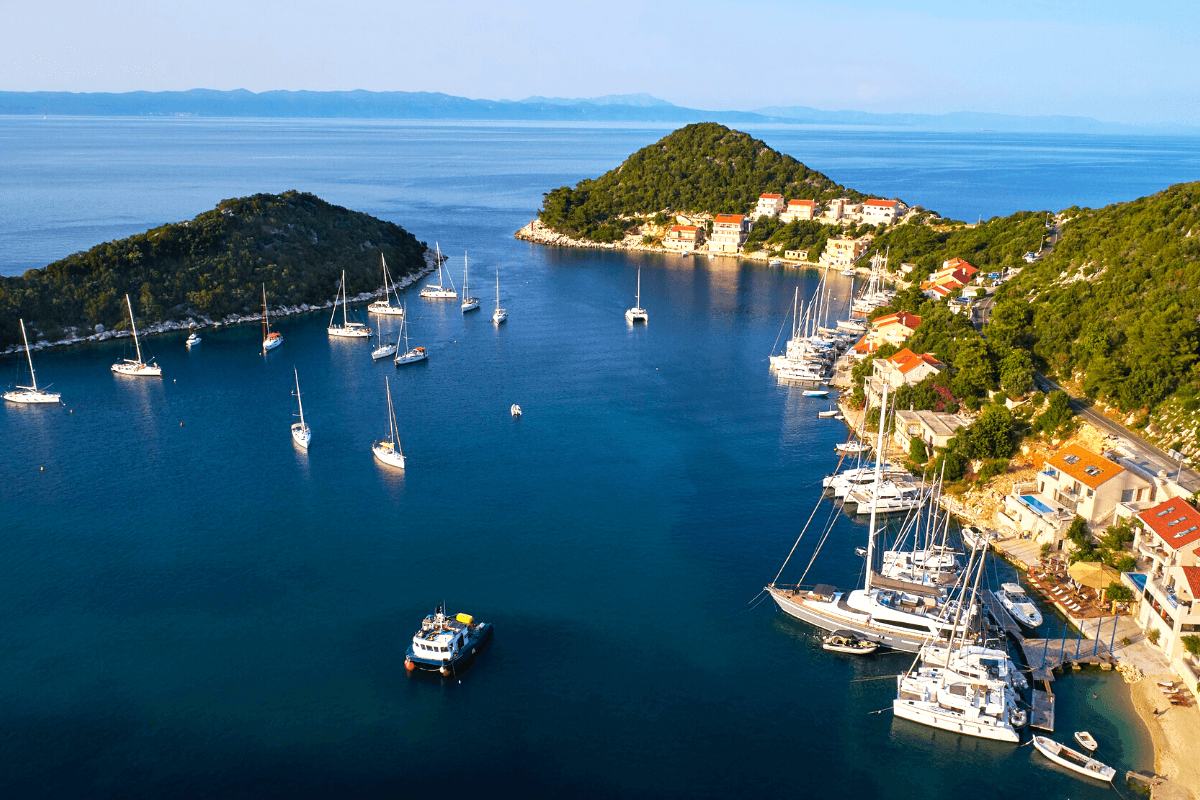
Located on the south of the island in the town of Pasadur is Hotel Solitudo, which operates Marina Solitudo, with room for 30 yachts up to 35 meters. Only working in the summer months, or from April to October, Marina Solitudo offers basic amenities, though boaters can dine at the hotel restaurant. Many yachts anchor out at sea during the day and dock here at night.
While Lastovo may not have much of a marina offer, there are many outstanding anchorages. Veliki Lago is a favorite in front of Marina Solitudo, while Skrivena Luka is the best for wind protection. Ubli may not have many berth options, though it has the only gas station on the island. A handful of restaurants on the island also offer a dock or jetty, which are free if you dine with them!
Where to eat and drink?
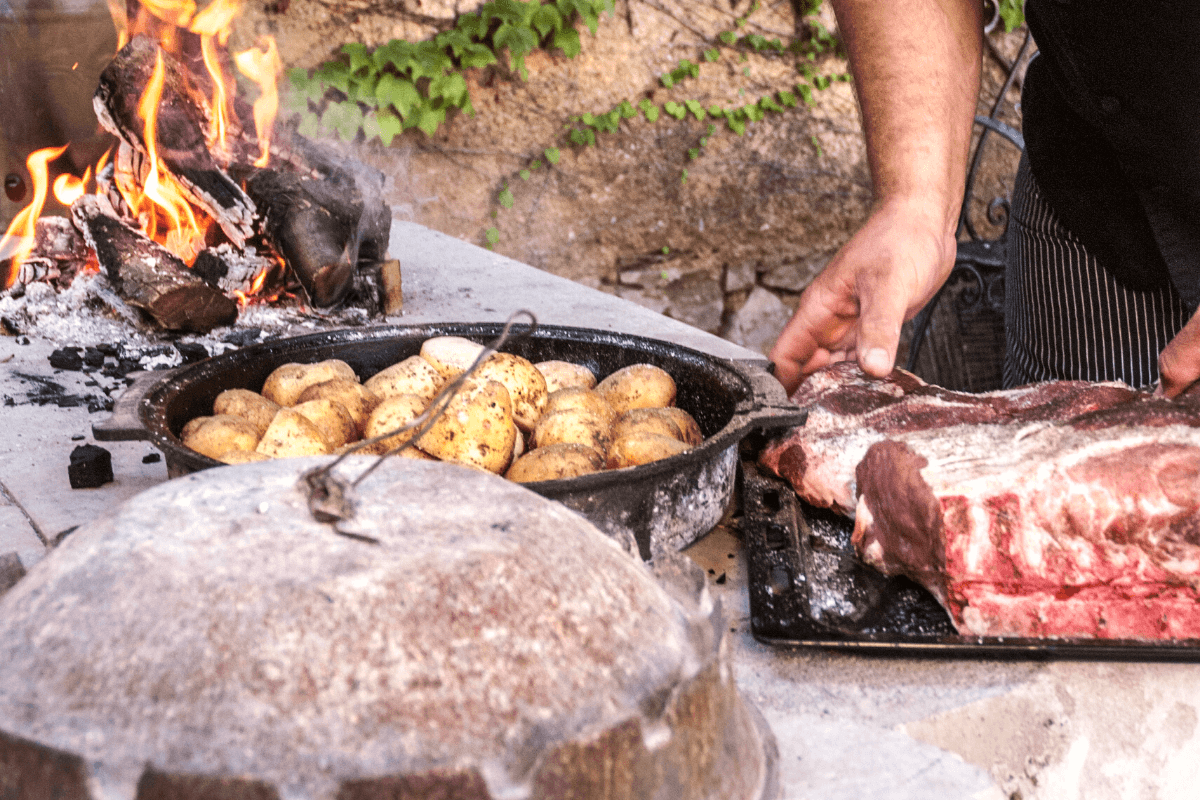
Wine, olive oil, and herbs rule the Lastovo culinary terrain, with unique specialties like grilled sardines, chickpea soup, and eel stew among the most famous.
Konoba Augusta Insula: Not only can you dock for free in Zaklopatica Bay by dining here, but Augusta Insula is one of the island’s most popular restaurants. Serving traditional meals based on organically-grown produce and highly-recommended lobster, they also offer homemade red and white wine!
Triton: This Zaklopatica Bay tavern has existed since 1988. With first-class fish and local veggies at its core, Triton also offers a boat mooring service in front of the restaurant.
Podanje: And if you’re looking for peka? Head to the first family farm (OPG) on the island, founded in 2007. Located in the Prgovo field, Podanje is set between an olive grove and a 100-year-old oak tree to fully encompass you by the island’s natural wonders.
Other standout spots are Porto Rosso, Fumari, and Aragosta.
But where to drink? You’ll find cafe bars on the island where you can grab a coffee or a cocktail, but bustling nightlife hasn’t quite hit this part of Dalmatia yet. However, notable summer locales include Kokolo, Indigo, and Poseidon.
Where to beach?
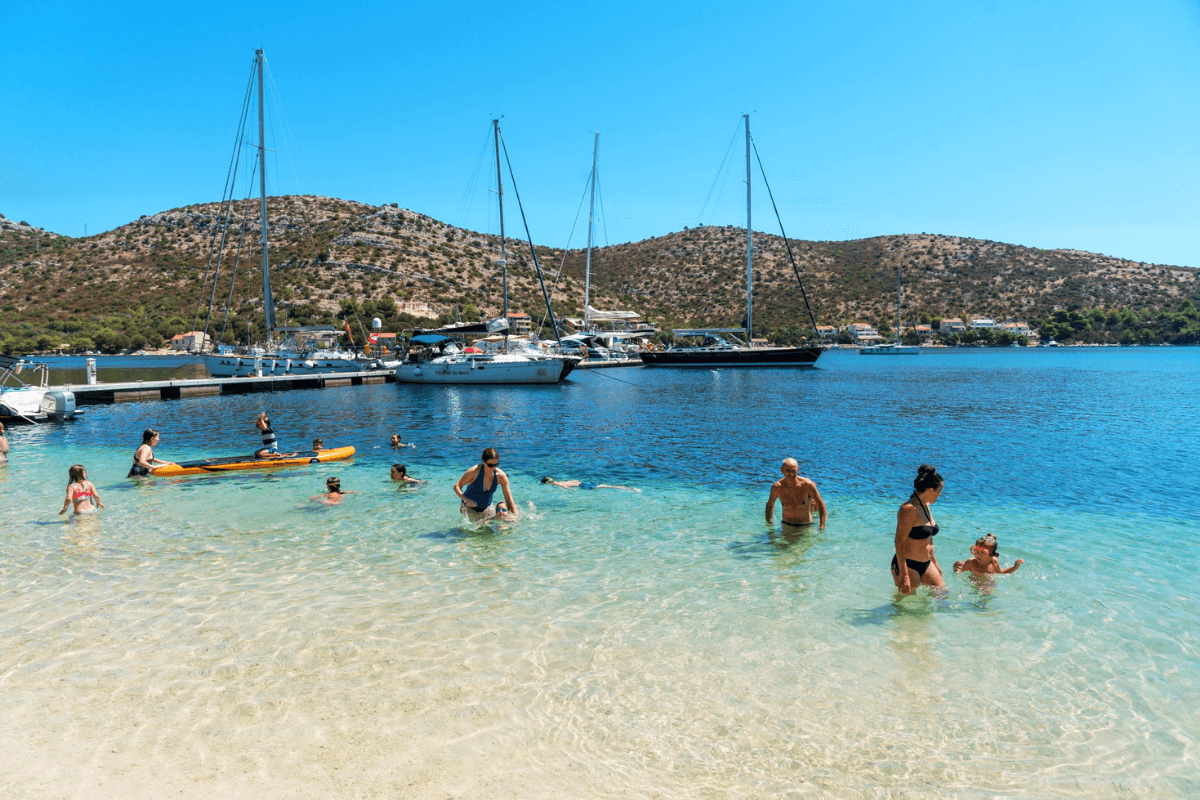
Zace Bay: A 30-minute walk from Lastovo town is Zace Bay, a hidden spot surrounded by old stone houses with steps leading into the sea. Accessible by boat, bike, or foot only, Zace Bay rewards visitors with a stunning crystalline sea, but be prepared to bring shade, as there is no cover at this beach.
Saplun: Located 4.5 nautical miles from Zaklopatica is Saplun, a pine-covered island that is a favorite swimming spot for locals and tourists. While the shore is pebbled, the seabed is sandy, with absolutely zero facilities to ensure you take in the wild nature around you.
Skrivena Luka: Not only does Skrivena Luka boast one of the oldest lighthouses on the Adriatic (Struga Lighthouse), but it has some of the best beaches. Mali Žal is a foolproof getaway for families, though it is free of amenities, while those of you looking for lounge chairs and grub can head to the pebbled Porto Rosso. Kujenčeva striga is the best for nudists!
Activities
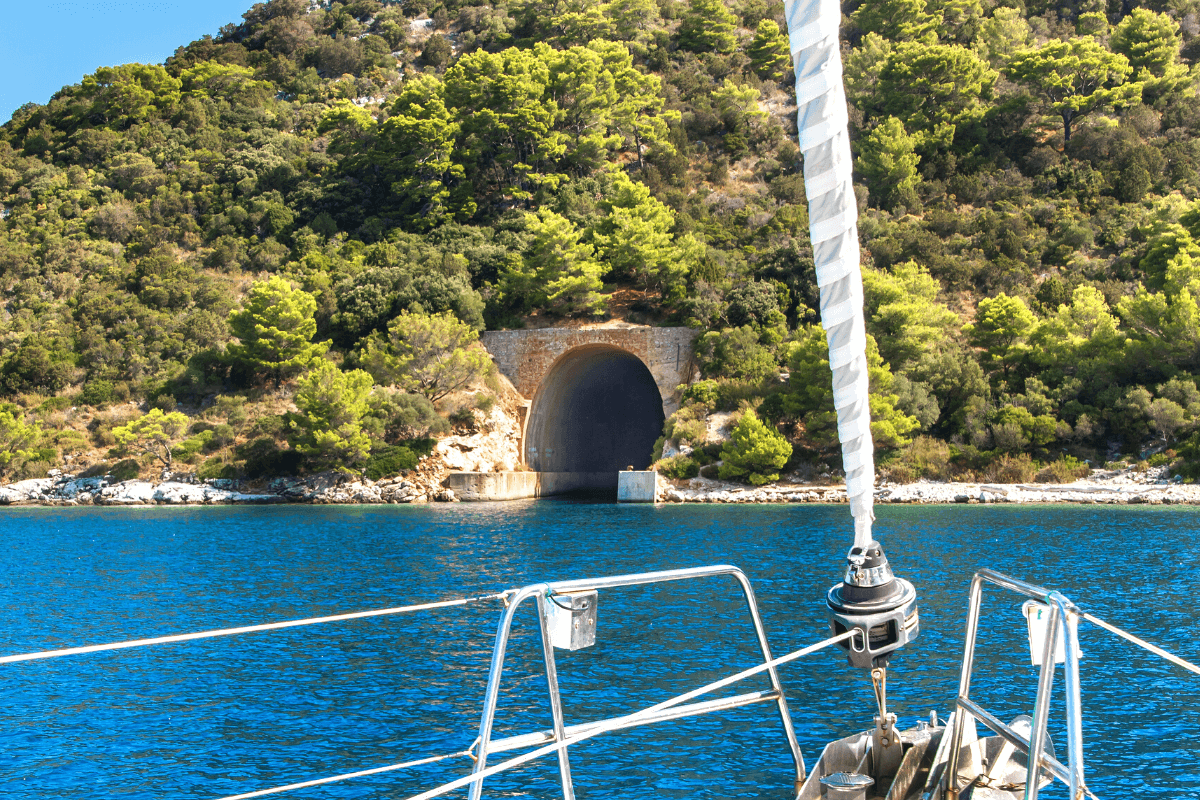
Hiking: Did you know that Lastovo has over 200 km of marked trails for hikers? The best is the educational trail “Via the present to the past,” which highlights the natural beauties and cultural heritage of Lastovo. The track is 6.4 km and takes about 2 hours, passing through Lastovo town and the best nature - from Aleppo pine trees to olive groves, oak trees, and lavender!
For those looking to reach new heights, Lastovo’s highest point is Hum (418 meters). Once you reach the top, you’ll be rewarded with breathtaking views of the islands.
Military history: Remember when we mentioned that Lastovo was closed off to foreign visitors until 1988? You can explore the remains of the Yugoslav military bases, like abandoned underground tunnels, military installations, and hideouts!
Churches: Did you know that Lastovo has 38 preserved and ruined churches in total? Or that 21 of them are registered as protected cultural property? Mostly built from the 12th to the 15th centuries, a great way to explore Lastovo’s churches is by walking a trail connecting several churches on the island.
